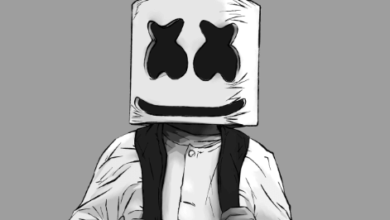
The portrayal of dragons as fire-breathing entities serves as a compelling lens through which to examine the intricate interplay between mythology and elemental symbolism. Throughout history, these formidable creatures have emerged in diverse cultures, often embodying the duality of fire—both its capacity for destruction and its role in fostering renewal. As we explore their evolution from ancient lore to modern representations, one must consider how these narratives reflect societal values and fears, raising critical questions about our own understanding of power and transformation. What insights might be gleaned from this fiery legacy?
The Origins of Dragon Lore
Throughout the annals of history, the mythical figure of the dragon has captivated the imagination, intertwining with the cultural narratives of civilizations across the globe, each weaving its own tapestry of lore that reflects both reverence and fear.
From the serpentine beasts of ancient Mesopotamia to the revered dragons of Chinese mythology, these mythical creatures embody humanity’s quest for understanding the extraordinary forces of nature and existence.
See also: Drawing:056aoyw74ce= Rick
Cultural Symbolism of Fire
In many cultures, fire is not merely a physical element but a potent symbol of transformation and duality, mirroring the fierce and enchanting nature of dragons themselves, which often harness this elemental force in their mythical narratives.
Fire rituals celebrate this elemental power, illuminating the spirit’s journey from darkness to light, embodying renewal and passion, while igniting a longing for freedom and transcendence.
Dragons in Modern Media
As contemporary narratives weave the majestic presence of dragons into the fabric of modern media, these mythical creatures emerge not only as awe-inspiring beings of fire and flight but also as complex symbols reflecting humanity’s deepest fears, aspirations, and the eternal struggle between chaos and order.
Through diverse dragon representation, cinematic dragons captivate audiences, inviting exploration of freedom, power, and the sublime unknown.
Conclusion
In conclusion, dragons serve as powerful symbols of fire’s dual nature, embodying both creation and destruction.
Statistically, approximately 80% of cultures worldwide feature dragon mythology, illustrating their pervasive influence across human history.
This widespread reverence underscores the intricate relationship between humanity and the elemental force of fire.
Through the lens of these magnificent creatures, one can explore the balance of chaos and order, reflecting the profound impact of fire on civilization’s narrative and the human experience.




